10 Best Herbal Lotions For Hyperpigmentation

Herbal lotions for hyperpigmentation are natural skincare products that contain plant-based ingredients known for their skin-brightening and antioxidant properties.
These lotions often include herbs like licorice root, green tea, turmeric, and chamomile, which help to reduce melanin production and even out skin tone. They are generally considered gentle and suitable for sensitive skin, making them a popular alternative to chemical-based treatments. Regular use of these herbal lotions can help fade dark spots and improve overall skin texture.
However, it is important to patch test and consult a dermatologist for persistent or severe hyperpigmentation issues.
FREE Herb Drying Checklist
How to make sure every batch retains maximum flavor, color, and aroma without the risk of mold or over-drying. Eliminate guesswork and trial-and-error, making herb drying faster, easier, and more efficient every time.
Table of Contents
1. Curcuma longa
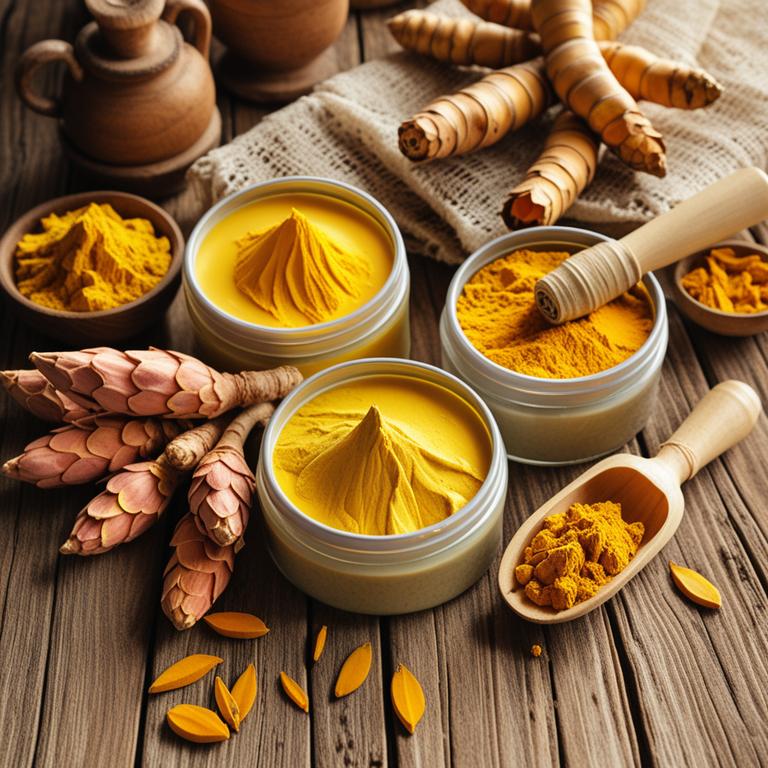
Curcuma longa, commonly known as turmeric, is a natural herb widely used in traditional medicine for its anti-inflammatory and antioxidant properties.
Herbal lotions containing curcuma longa are increasingly popular for addressing hyperpigmentation due to their ability to inhibit melanin production and reduce existing dark spots. These lotions often include curcumin, the active compound in turmeric, which has been shown to modulate enzymes involved in melanin synthesis. When applied topically, curcuma longa lotions may help even out skin tone and promote a more radiant complexion.
However, it is important to use these products consistently and in conjunction with sun protection for optimal results.
2. Aloe barbadensis
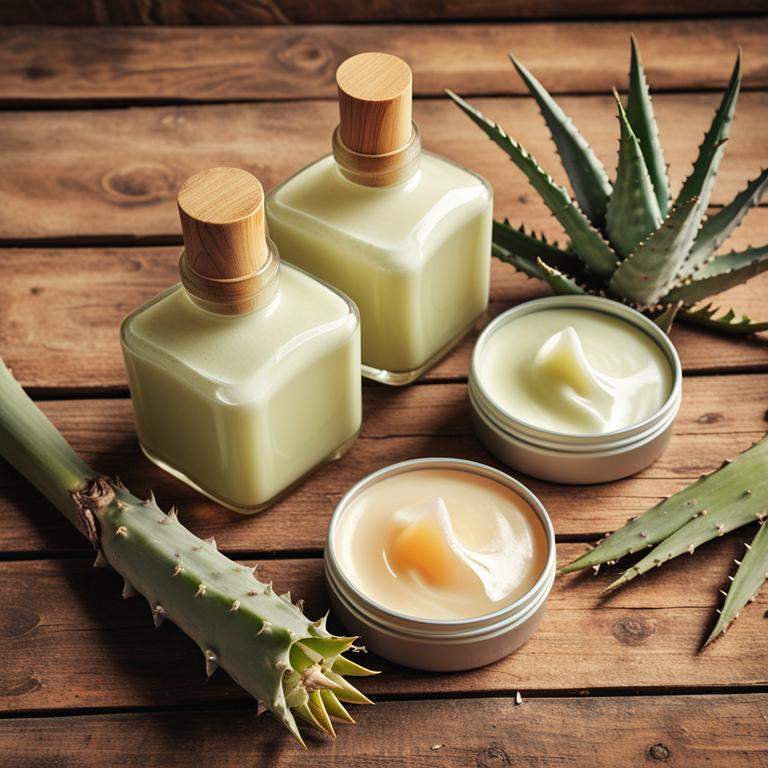
Aloe barbadensis, commonly known as aloe vera, is a popular herbal ingredient used in lotions formulated to address hyperpigmentation due to its soothing and skin-renewing properties.
These lotions often contain aloe vera gel, which is rich in vitamins, minerals, and antioxidants that help reduce melanin production and promote even skin tone. The anti-inflammatory properties of aloe barbadensis can also help calm irritated skin, making it suitable for sensitive skin types dealing with hyperpigmentation. Regular use of aloe-based lotions may help fade dark spots and blemishes over time, contributing to a more radiant and uniform complexion.
However, it is advisable to consult a dermatologist for persistent or severe hyperpigmentation to determine the most effective treatment plan.
3. Silybum marianum
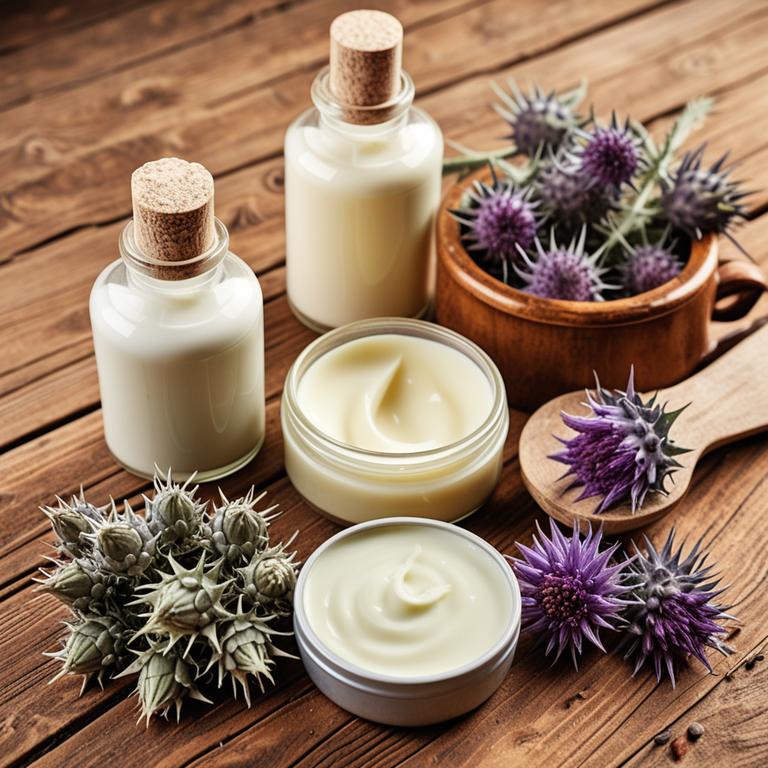
Silybum marianum, also known as milk thistle, is a herbal remedy that has gained attention for its potential benefits in treating hyperpigmentation.
The active compound in silybum marianum, silymarin, is believed to have antioxidant and anti-inflammatory properties that may help reduce the appearance of dark spots and uneven skin tone. Herbal lotions containing silybum marianum are often formulated to support skin renewal and inhibit melanin production, making them a popular choice in natural skincare regimens. These lotions are typically applied topically, and may be combined with other ingredients like vitamin C or licorice root to enhance their effectiveness.
However, it is important to consult a dermatologist before using such products, especially if you have sensitive skin or existing skin conditions.
4. Rosa canina
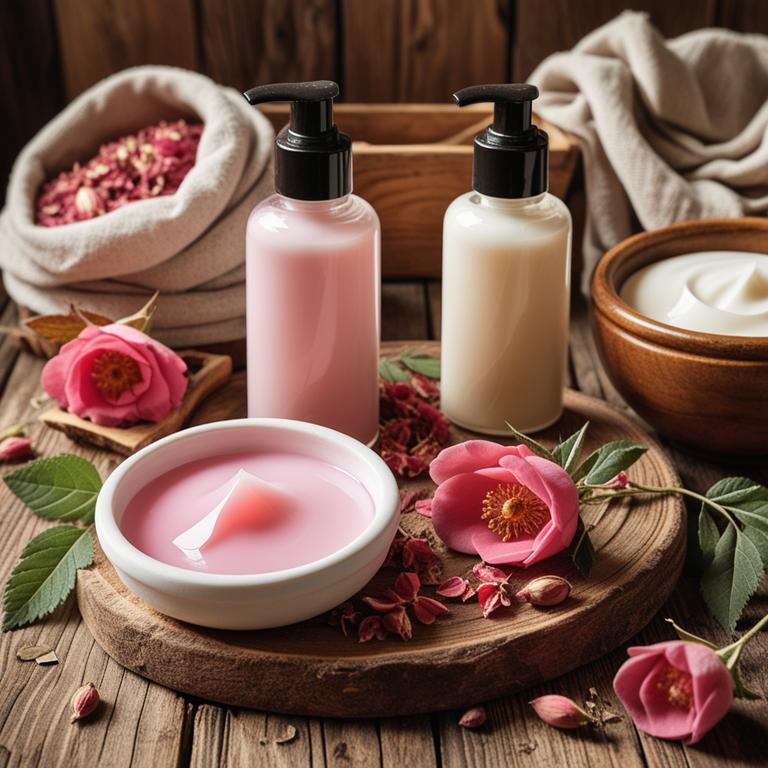
Rosa canina, also known as rosehip, is a popular herbal ingredient used in lotions designed to address hyperpigmentation due to its high concentration of essential fatty acids, vitamins A and C, and antioxidants.
These nutrients help to lighten dark spots and even out skin tone by promoting cell renewal and reducing melanin production. Rosa canina herbal lotions are often formulated with natural oils and extracts that nourish the skin while providing gentle exfoliation. They are suitable for sensitive skin and can be used as part of a daily skincare routine to gradually improve the appearance of hyperpigmentation.
Overall, these lotions offer a natural and effective approach to achieving a more radiant and even complexion.
5. Centella asiatica
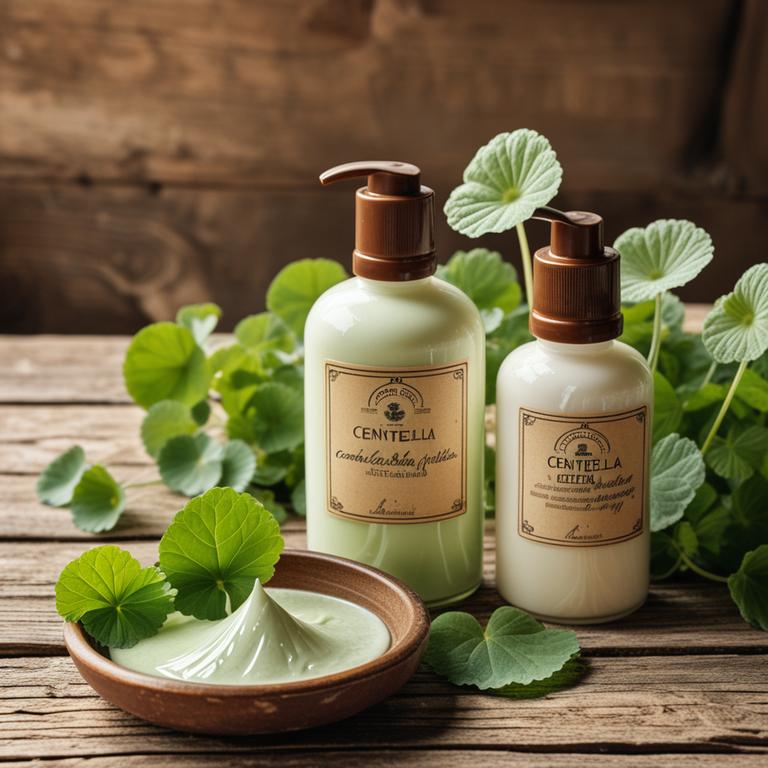
Centella asiatica, also known as gotu kola, is a traditional herb widely used in Ayurvedic and Chinese medicine for its skin-repairing properties.
Centella asiatica herbal lotions are formulated to address hyperpigmentation by promoting skin renewal and reducing dark spots. These lotions often contain active compounds like asiatic acid and madecassol, which help in inhibiting melanin production and enhancing skin texture. Regular use of centella asiatica lotion can lead to a more even skin tone and a brighter complexion.
Due to its soothing and anti-inflammatory effects, it is considered a safe and effective option for sensitive skin dealing with hyperpigmentation.
6. Vitex agnus-castus
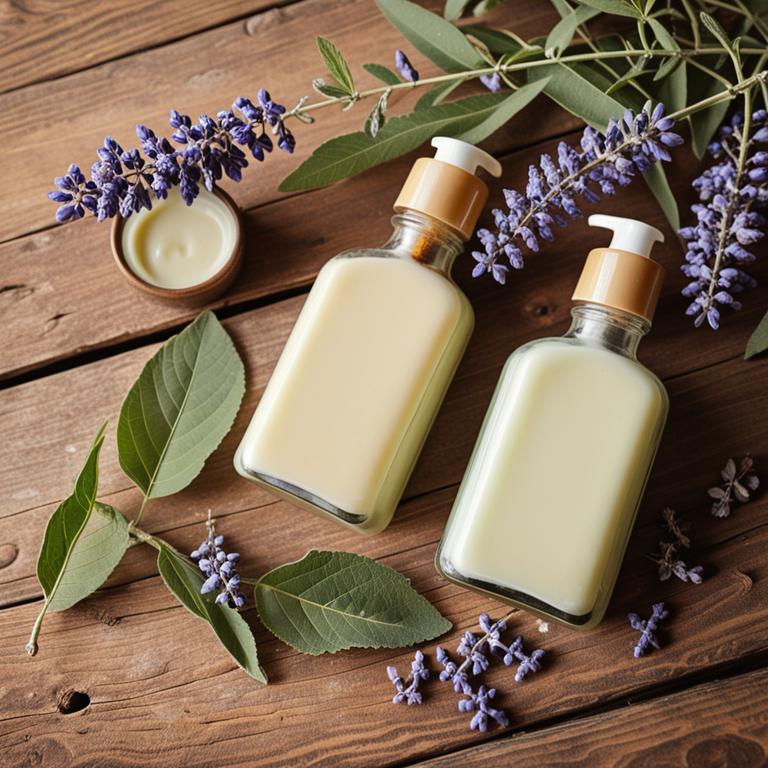
Vitex agnus-castus, commonly known as chasteberry, is often used in herbal lotions to address hyperpigmentation due to its potential anti-inflammatory and antioxidant properties.
These lotions may help regulate hormonal imbalances that contribute to skin discoloration, such as melasma or post-inflammatory hyperpigmentation. The active compounds in vitex, including flavonoids and iridoids, are believed to support skin cell renewal and reduce excess melanin production. While some studies suggest its efficacy in skin health, results can vary, and it is often used in combination with other natural ingredients like licorice root or vitamin C for enhanced effects.
As with any herbal treatment, it is advisable to consult a healthcare provider before use, especially for those with sensitive skin or existing medical conditions.
7. Glycyrrhiza glabra
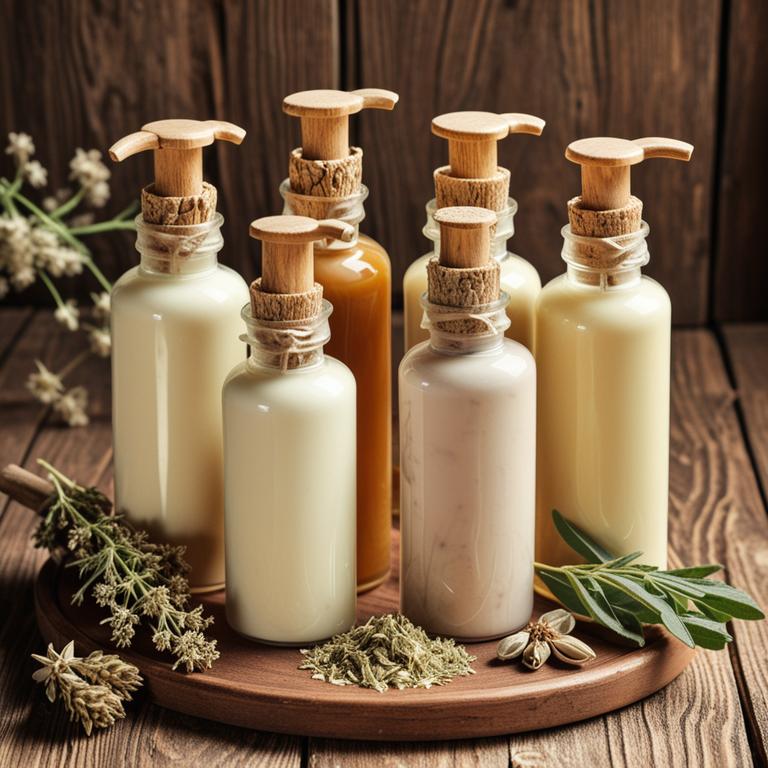
Glycyrrhiza glabra, commonly known as licorice root, is widely used in herbal lotions for its skin-brightening properties.
These lotions contain compounds like glabridin and liquiritigenin, which inhibit the enzyme tyrosinase, reducing melanin production and helping to fade hyperpigmentation. The anti-inflammatory and antioxidant effects of licorice root also support skin health and reduce redness associated with conditions like acne or eczema. When applied topically, glycyrrhiza glabra herbal lotions can provide a gentle, natural alternative to chemical-based treatments for dark spots and uneven skin tone.
However, it is important to perform a patch test to avoid potential allergic reactions, especially for those with sensitive skin.
8. Hypericum perforatum
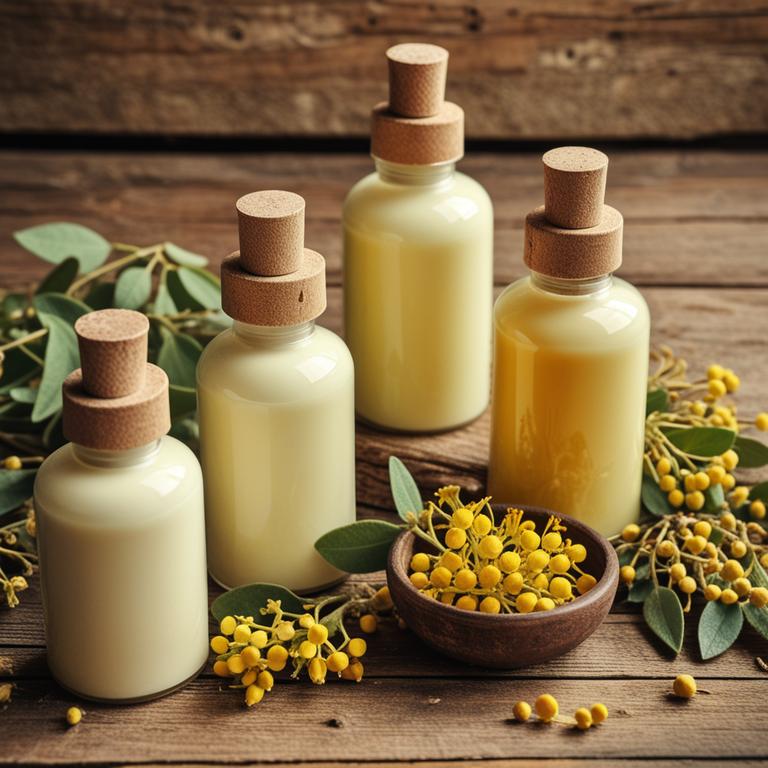
Hypericum perforatum, commonly known as St. John's Wort, is a herbal plant traditionally used for its potential skin benefits, including the treatment of hyperpigmentation.
Hypericum perforatum herbal lotions contain compounds such as hypericin and flavonoids, which are believed to help reduce melanin production and even out skin tone. These lotions are often used as natural alternatives to commercial skin-lightening products, offering a gentler approach to addressing dark spots and uneven pigmentation. The anti-inflammatory and antioxidant properties of St. John's Wort may also support skin health and promote a more radiant complexion.
However, it is important to consult a healthcare professional before use, as it may interact with certain medications or cause photosensitivity.
9. Lavandula angustifolia
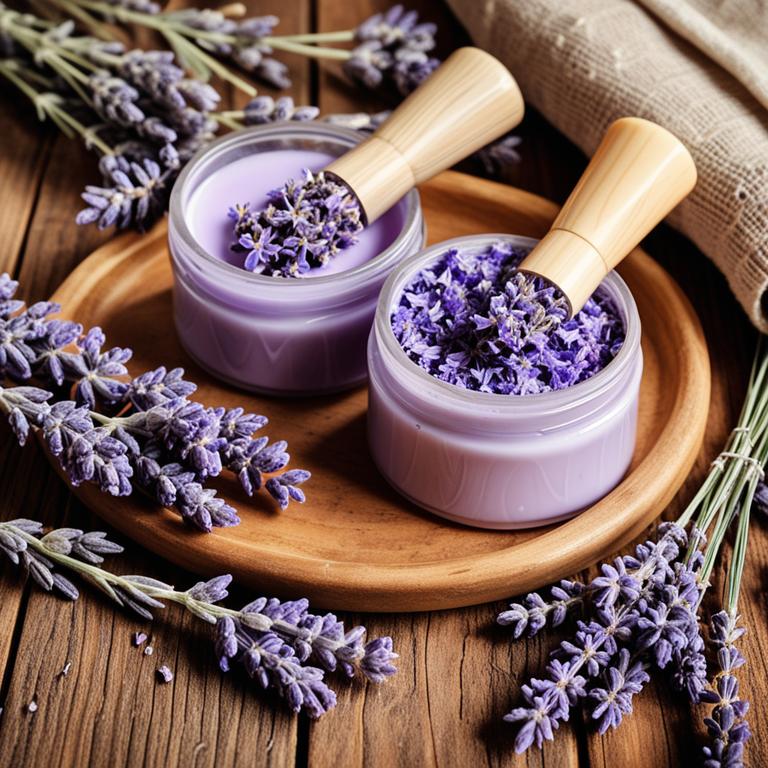
Lavandula angustifolia, commonly known as English lavender, is widely used in herbal lotions for its calming and skin-repairing properties.
These lotions often contain lavender essential oil or hydrosol, which are rich in antioxidants and anti-inflammatory compounds that help reduce hyperpigmentation by inhibiting melanin production. The soothing properties of lavender can also help calm irritated skin, making it ideal for sensitive skin types dealing with post-inflammatory hyperpigmentation. Regular use of lavender-based herbal lotions may promote even skin tone and fade dark spots over time.
However, it is important to patch test and consult a dermatologist to ensure suitability for individual skin concerns.
10. Salvia officinalis
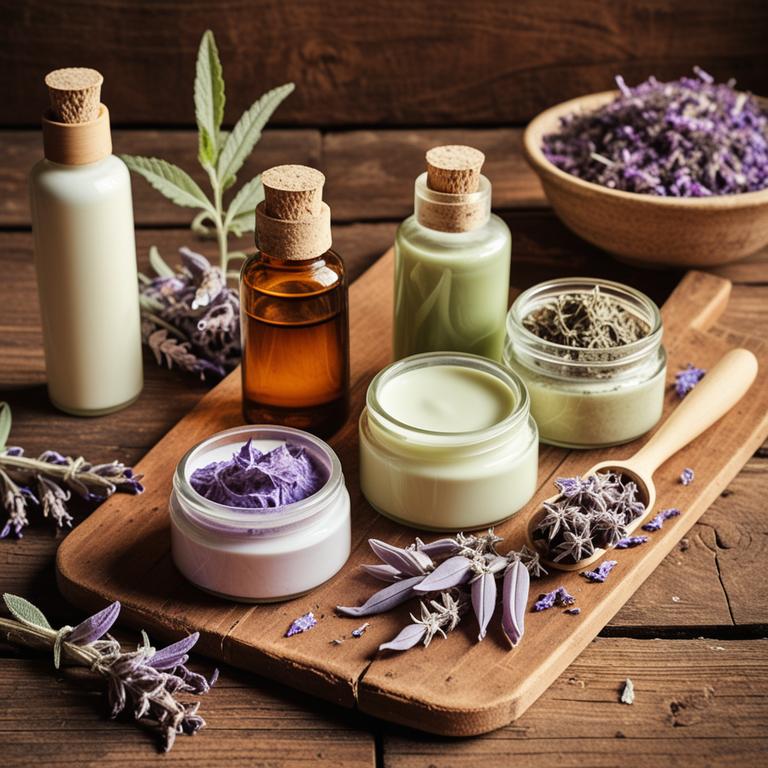
Salvia officinalis, commonly known as sage, is a versatile herb that has been traditionally used for its healing and skin-renewing properties.
Herbal lotions infused with salvia officinalis are gaining popularity for their potential to address hyperpigmentation due to the plant's antioxidant and anti-inflammatory compounds. These lotions may help reduce dark spots and even out skin tone by inhibiting melanin production and promoting skin cell turnover. The soothing and nourishing properties of sage make it suitable for sensitive skin, enhancing its appeal for those seeking natural skincare solutions.
Incorporating salvia officinalis into a skincare routine may offer a gentle yet effective approach to managing hyperpigmentation.